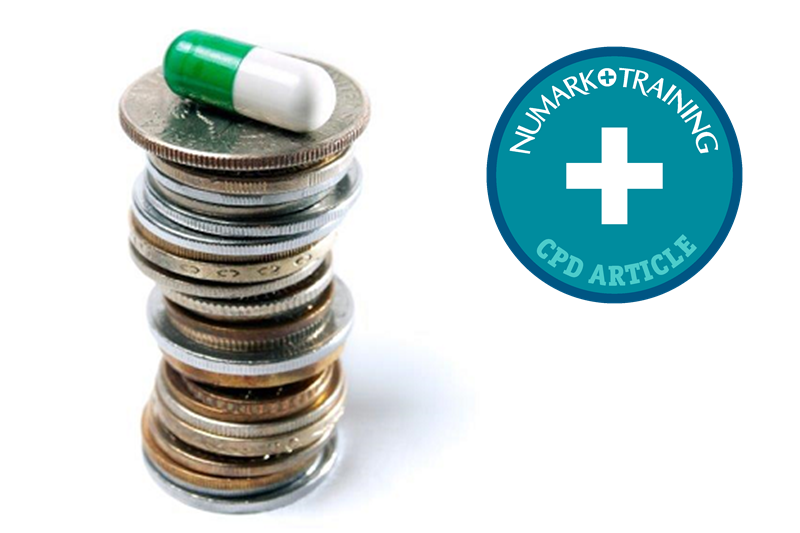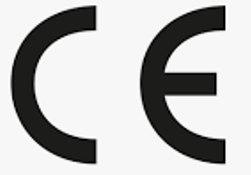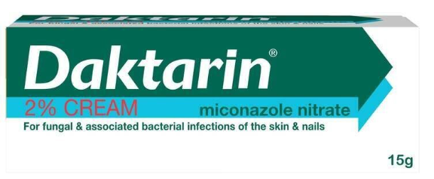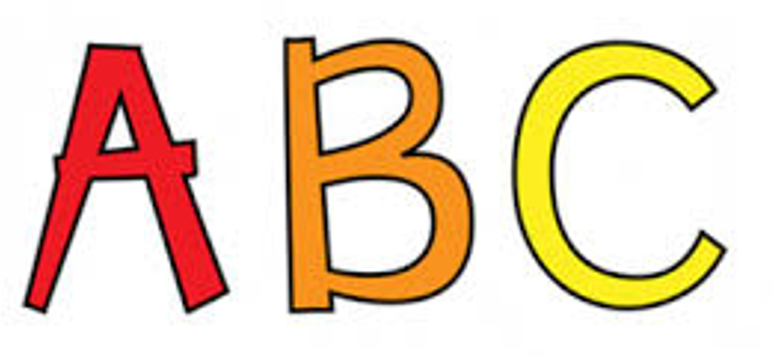In Pharmacists
Follow this topic
Record learning outcomes
Understanding the Drug Tariff - medicinal products and medical devices
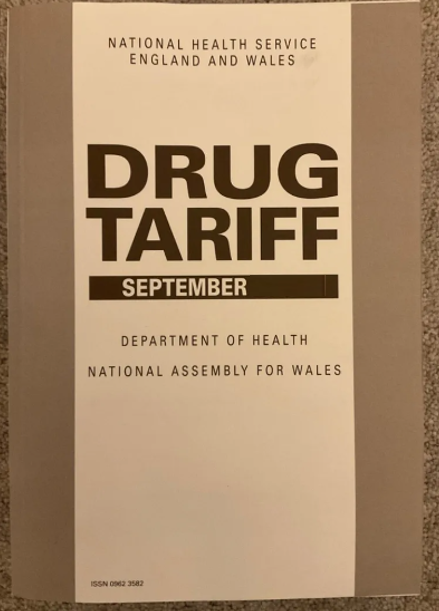
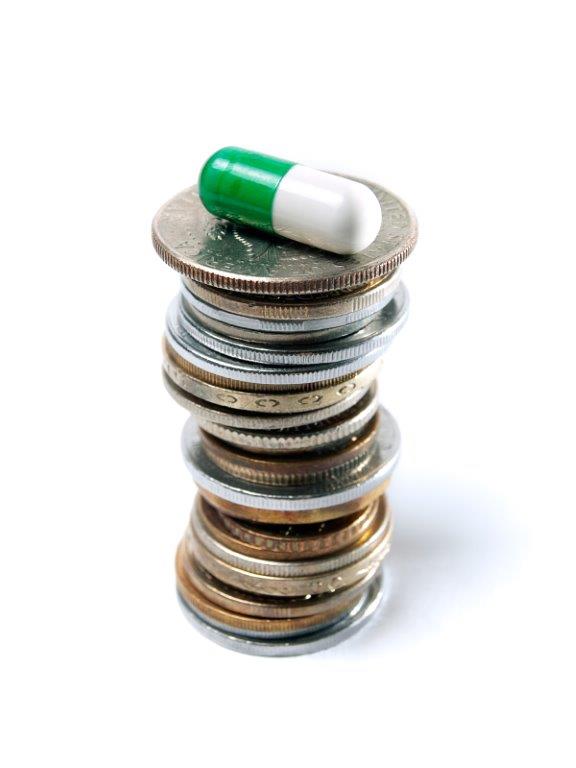
In this article we will outline the core elements of the Drug Tariff and how to benefit from a wider understanding.
Questions on ‘whether a product is allowed on prescription’ rank in the top three of all queries received by Numark’s Information Services team, making up 15-20% of their workload.
This article will describe the Drug Tariff (DT) as used in England and Wales. The Drug Tariffs used in Scotland and Northern Ireland are laid out slightly differently; for example with different names for the various sections and some differences in reimbursement rules, however, the concepts described here are the same for all UK countries.
The DT contains two main categories of product; medicinal products and medical devices. In simple terms the pharmacy will be paid for supplying any medicinal product as long as it is not in part XVIII the 'blacklist' and will be paid for supplying a medical device as long as it is named in part IX A, B, C or R (Parts 2-6 & 9 in Scotland). Difficulties arise when deciding if an item is a medicine or a device.
Medical devices
The easiest way to tell the difference between medicinal products and medical devices is to look for a CE mark which signifies that the item is registered as a device. The CE mark is normally found on the packaging of a device, on the instruction leaflet and sometimes on the device itself.
What is the CE mark and how does it affect pharmacy?
A CE mark needs to be applied to a medical device so that it can be marketed in Europe. The CE mark itself means numerous things.
It means firstly that the device itself has met the required standards; it is safe and works as it should. This is verified by an Independent Certification body (Notified Body). The MHRA is responsible for appointing the UK Notified Bodies and to make sure they perform to high standards. The MHRA regularly audits these notified bodies to make sure that this is the case.
The CE mark denotes that the product is a registered medical advice and devices can only be supplied if they are specifically named, including the pack size, in the appliance sections of the Drug Tariff, parts IX A, B, C and R.
If you have the product in stock, you can easily check the packaging to see if it has a CE mark – but what to do if you do not have sight of the product itself? There are a number of ways to check if a product is registered as a device:
Check the Dictionary of Medicines and Devices (dm+d): this online resource gives details of the vast majority of healthcare products and will specify if a product is registered as a device or a medicine. https://dmd-browser.nhsbsa.nhs.uk/
Check the manufacturer’s product website or contact the manufacturer for clarification.
Examples of common appliances with a CE mark and listed in the DT are:
- Micropore tape
- Cetraben cream
- Bug Buster kit
- Novopen reusable insulin pen
Examples of appliances with a CE mark and not listed in the Drug Tariff are:
- NeilMed Sinus Rinse
- Tena Pad
Never assume that a product is a medicine: it could be a device.
A good example of this is Sodium Bicarbonate 5% ear drops - you may automatically think of this as a medicine but it’s a device and is listed in part IXA of the Drug Tariff.
Finally, if a product does not have a CE mark then it is either a medicinal product, a food/nutritional supplement or a cosmetic/toiletry.
Medicinal products
The DT contains an extensive list of medicines along with the price that a pharmacy will be paid for dispensing on prescription. This list is called Part VIIIA and the medicines are listed generically and split into different categories based on availability. The categories are not important for our purposes; the point is that if a drug is listed in the DT then you will be reimbursed the set price for dispensing it.
So if the drug isn’t listed in Part VIIIA, does that mean it can't be prescribed?
Any drug, cosmetic or food can be prescribed on an NHS prescription unless it is named in part XVIIIB – affectionately known as "the blacklist". Technically, this means that a GP could prescribe a Mars Bar if they wanted to – it is a food and it is not on the blacklist – and a pharmacy would (with an appropriate endorsement) be paid for dispensing it. In this case, the local NHS team would be asking the GP to justify their prescribing and of course the pharmacist would be likely to query the prescription rather than dispense it.
When dispensing a generic drug that is not listed in the DT you must endorse the prescription with manufacturer, pack size and price. Failure to do so will result in the prescription being sent back for clarification. If the medicine is specially manufactured or imported then there are additional endorsing requirements.
The Blacklist
The underlying principle of the blacklist is to try and prevent expensive over-the-counter products being prescribed at the expense of the NHS. This proves very difficult to achieve, particularly when the blacklist does not keep pace with new and amended OTC products. The result is a historical document replete with quirks and anomalies which we have to make sense of.
If a given product is named in the blacklist then it cannot be prescribed using that exact description. If dispensed, the item will be disallowed and the pharmacy will not be reimbursed for it. The key here is that it is the 'exact description' that is blacklisted. If an alternative description is used, for example the generic name of the product and that description is not in the blacklist then the pharmacy will be reimbursed for dispensing it. It is the product name on the prescription that is important, not the name on the packaging.
Here are some examples of blacklisted items:
- Benerva 100mg tablets are blacklisted under their brand name of Benerva but can be prescribed generically as Thiamine 100mg tablets. In this case, the GP cannot insist that Benerva is dispensed. You should choose the cheapest licensed product available to you which may or may not be Benerva.
- Daktarin 2% Cream 15g is in the blacklist so it cannot be prescribed. But again, it could be prescribed using its generic name of Miconazole 2% cream 15g which is not in the blacklist.
Selected List Scheme
There are some medicines that are only allowed to be prescribed on the NHS for certain patients or medical conditions. The classic example of this is the supply of Viagra (Sildenafil) for the treatment of erectile dysfunction. Other examples include Clobazam for the treatment of epilepsy and Nizoral cream (Ketoconazole) for seborrhoeic dermatitis.
Full details are given in Part XVIIIB Drugs, Medicines and other Substances that may be ordered only in certain circumstances (Part 12 in Scotland). When using this list, drugs in column 1 may be prescribed for persons mentioned in column 2, only for the purpose specified in column 3. It is for the prescriber to determine if the patient has the listed medical condition and they must endorse the prescription with "SLS". Where SLS is missing the prescription cannot be dispensed and must be returned for amendment.
Both Viagra and Nizoral cream can be dispensed on prescriptions for Sildenafil and Ketoconazole, respectively, when written generically without the need for the ‘SLS’ endorsement, adding to the confusion on what is allowed and not allowed on prescriptions!
Foods and nutritional supplements
There are many food products used to treat or manage various medical conditions; gluten-free foods, total meal replacements (e.g. Fortisip / FortiJuce), some baby milks and so on. Where foods are used in this way they are considered by the Advisory Committee on Borderline Substances.
Nutritional supplements cover the whole range of vitamin and mineral products from vitamin A to zinc. Most vitamin or mineral products are not licensed as medicines (there are some exceptions e.g. Fultium D3) but are allowed to be prescribed, provided the description is not in the blacklist. In most cases, provided a generic description is used rather than a brand name or manufacturer then the item will be allowed on prescription.
Borderline substances
Some foods and toiletry preparations have the properties of drugs when used to treat a medical condition. These products are assessed by a committee, known as the Advisory Committee on Borderline Substances (ACBS), to decide if they are appropriate to prescribe on the NHS. If they are approved they are given the designation 'borderline substance' and listed in Part XV of the Drug Tariff. Where a borderline substance is prescribed, the prescriber should endorse the prescription "ACBS" – however, if the endorsement is missing the item can still be dispensed.
Part XV is split into three lists; A, B and C:
A is an alphabetical list of products which have been approved by the ACBS committee. They are listed with the conditions that they may be prescribed for.
B is a list of medical conditions combined with the products that can be prescribed for that condition.
C no longer has any products on it but still exists in the DT. It was a list of products which have been considered by the ACBS but may not be prescribed on Form FP10. These are now included in the Blacklist rather than List C.
If in doubt – ask! Our Information Services team is here to take your calls on all aspects of pharmacy practice, including the DT.
Contact us on 0800 783 5709 Option 2 or click the Chat icon in the bottom right corner of Numarknet.

